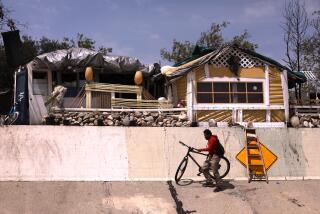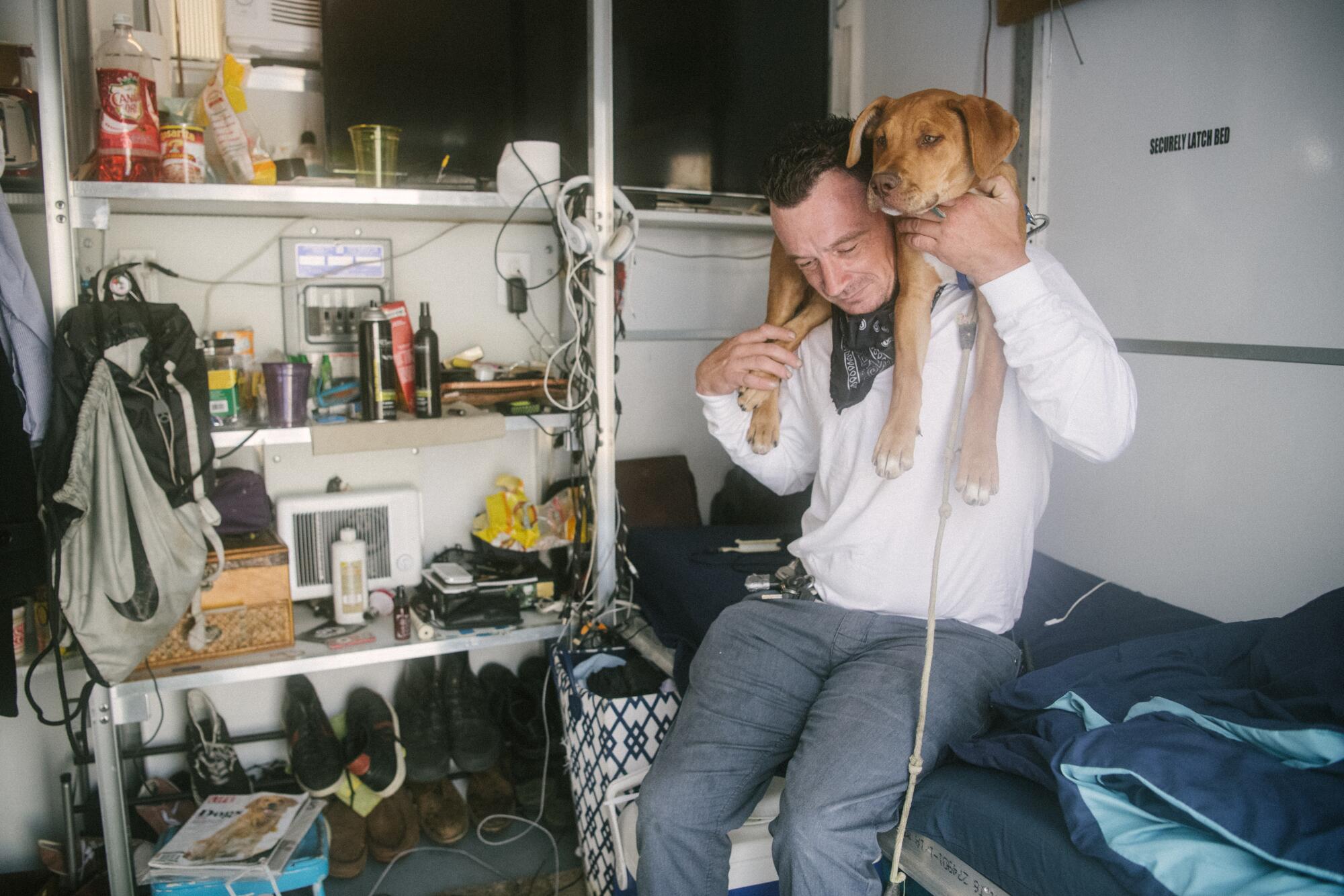
Each tiny house is 64 square feet and comes with heat, air conditioning and built-in beds. Each resident is someone who was once a member of the unhoused community. Each village — and there are six in Los Angeles neighborhoods — is designed to help residents take a first step out of homelessness by giving them a home to live in for three to six months.
In North Hollywood, the Chandler Boulevard Tiny Home Village, with 40 prefabricated homes and 75 beds, became the first shelter of its kind in the region when it opened in February. After happening upon the Chandler site, I realized I wanted to chronicle what life was like at these villages.
“They say we gotta work on getting a job right as we get into the mini houses, but we are still readjusting from the streets and trying to become civilized.”
— Samuel Brabenec
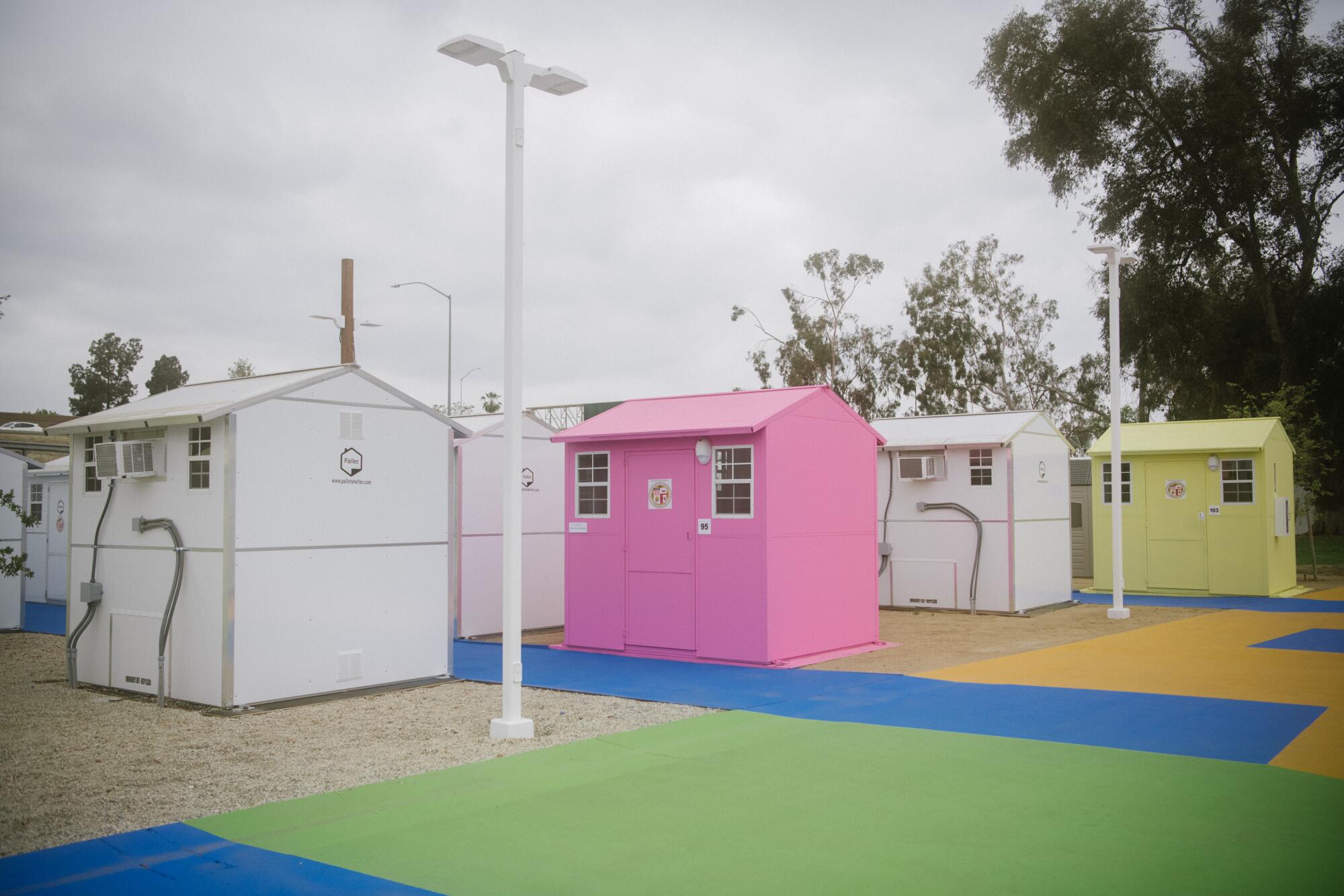
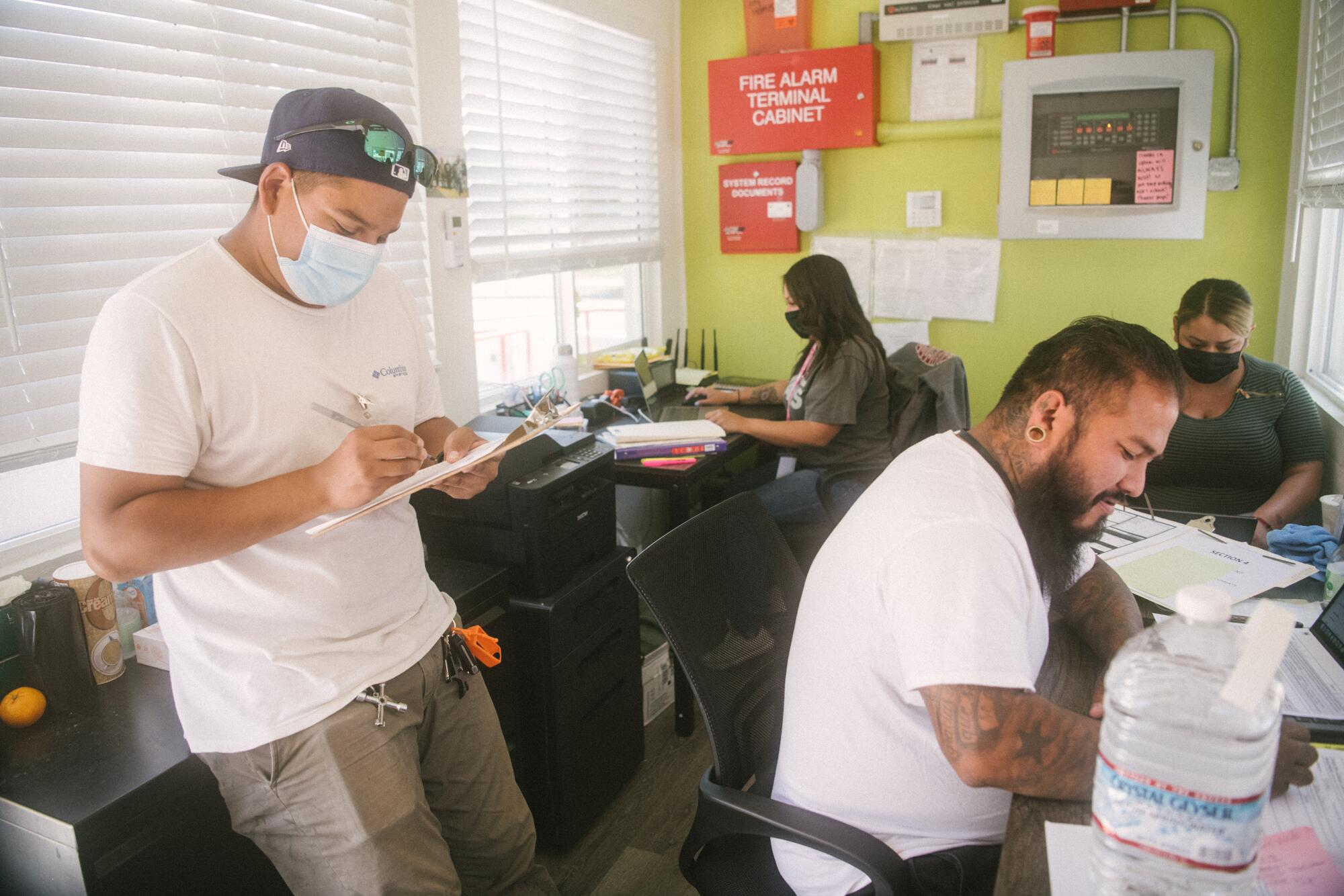
“A lot of people think this is a gateway for people to do drugs or criminal activity. That is not it at all. We are trying to teach people how to be community members again.”
— Priscilla Rodriguez Laredo, far right in above photo, a staff member at the Chandler site
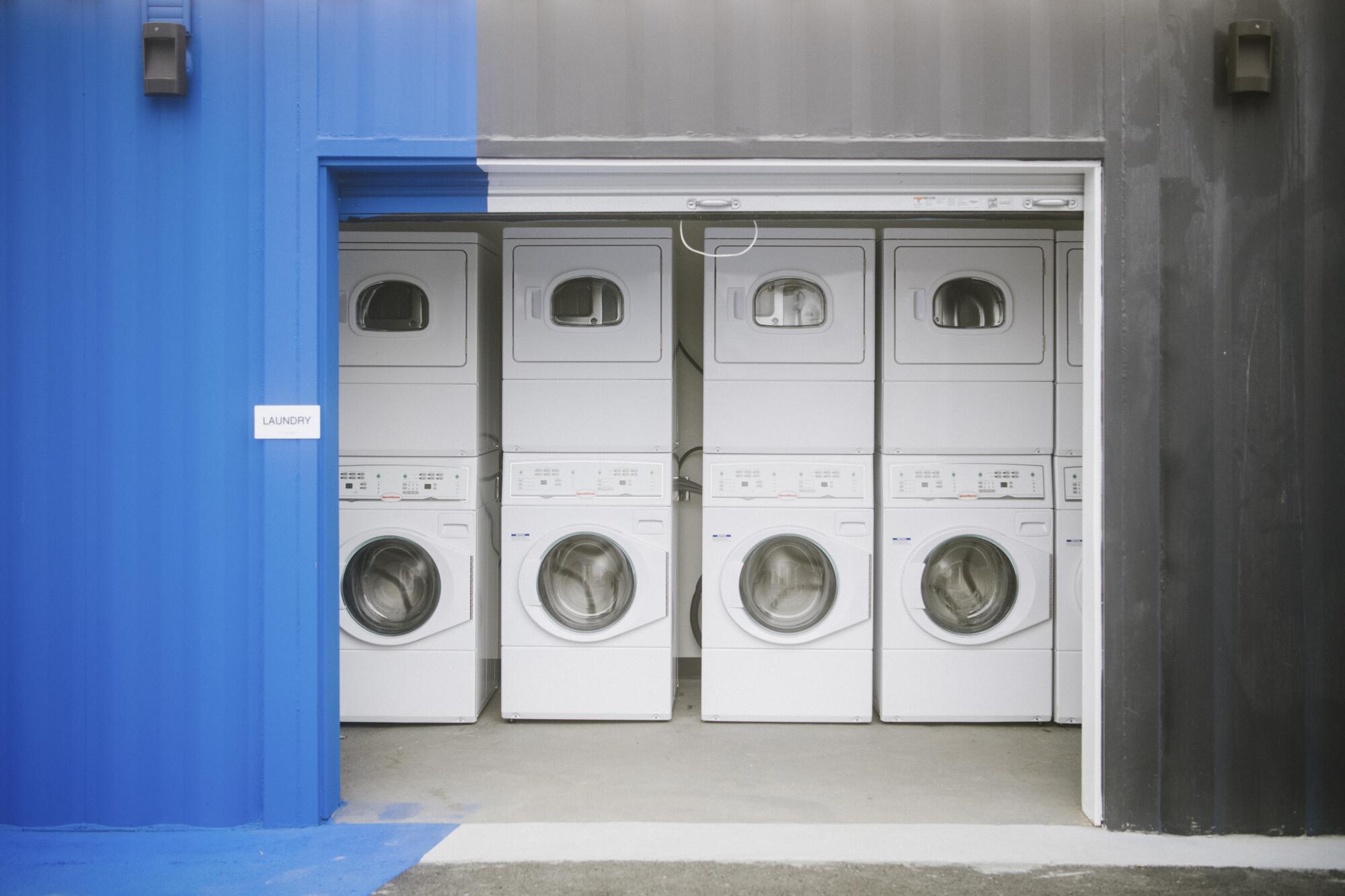
I had grown up in Los Angeles watching the housing crisis and homelessness get worse year after year. The news was often so bleak. I wondered if the story might be different here, possibly more uplifting. It was.
Over two months, I documented the scene at the Chandler village and at the Alexandria Park site in North Hollywood, with its palette of homes painted in vivid colors to keep the location from having a sterile, institutionalized feeling. I observed a calming sense of order, an atmosphere of support and trust between the staff and residents.
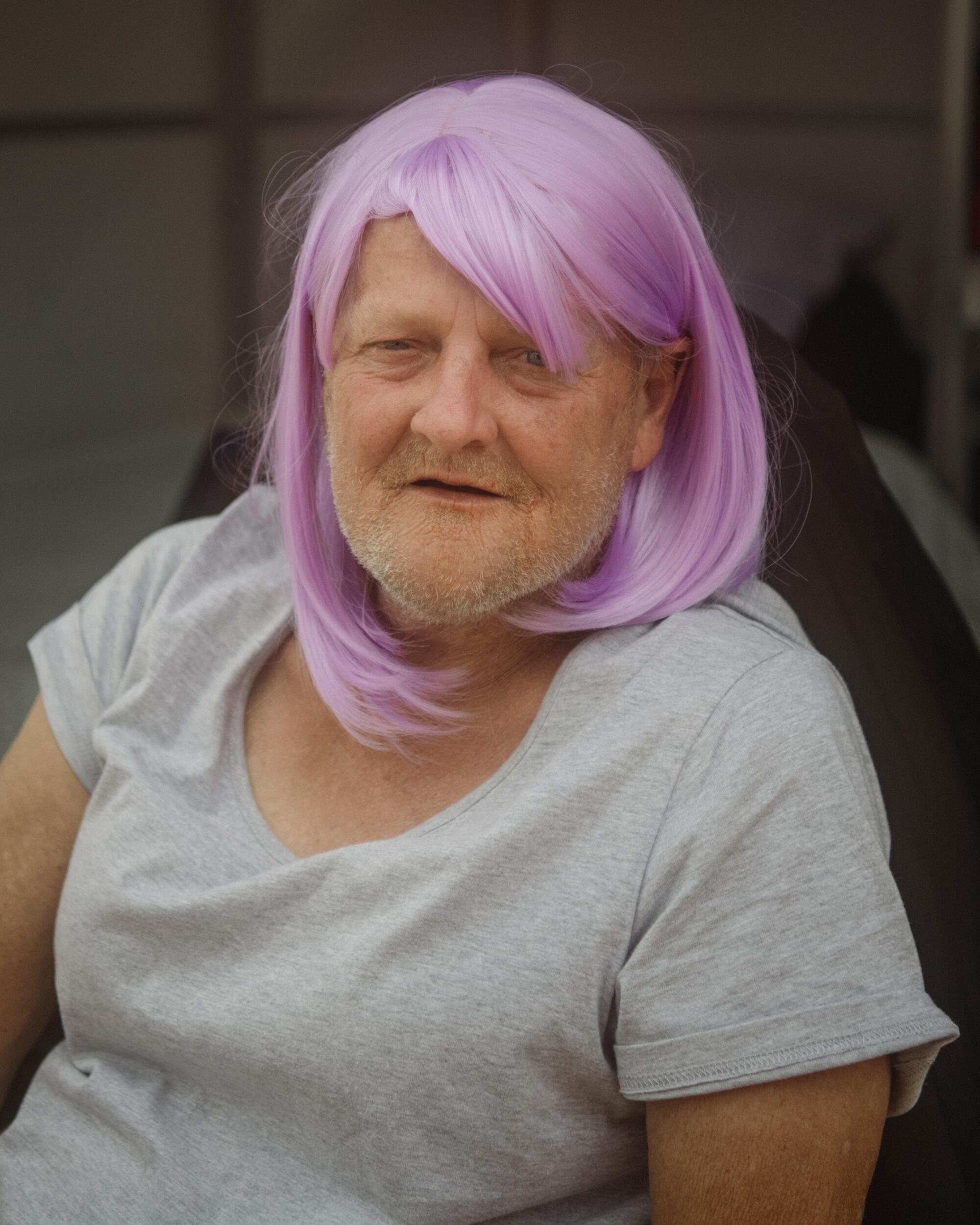
“She has helped me out so much, I owe her now.”
— Princess Windsong, referring to staff member Stephanie Lopez
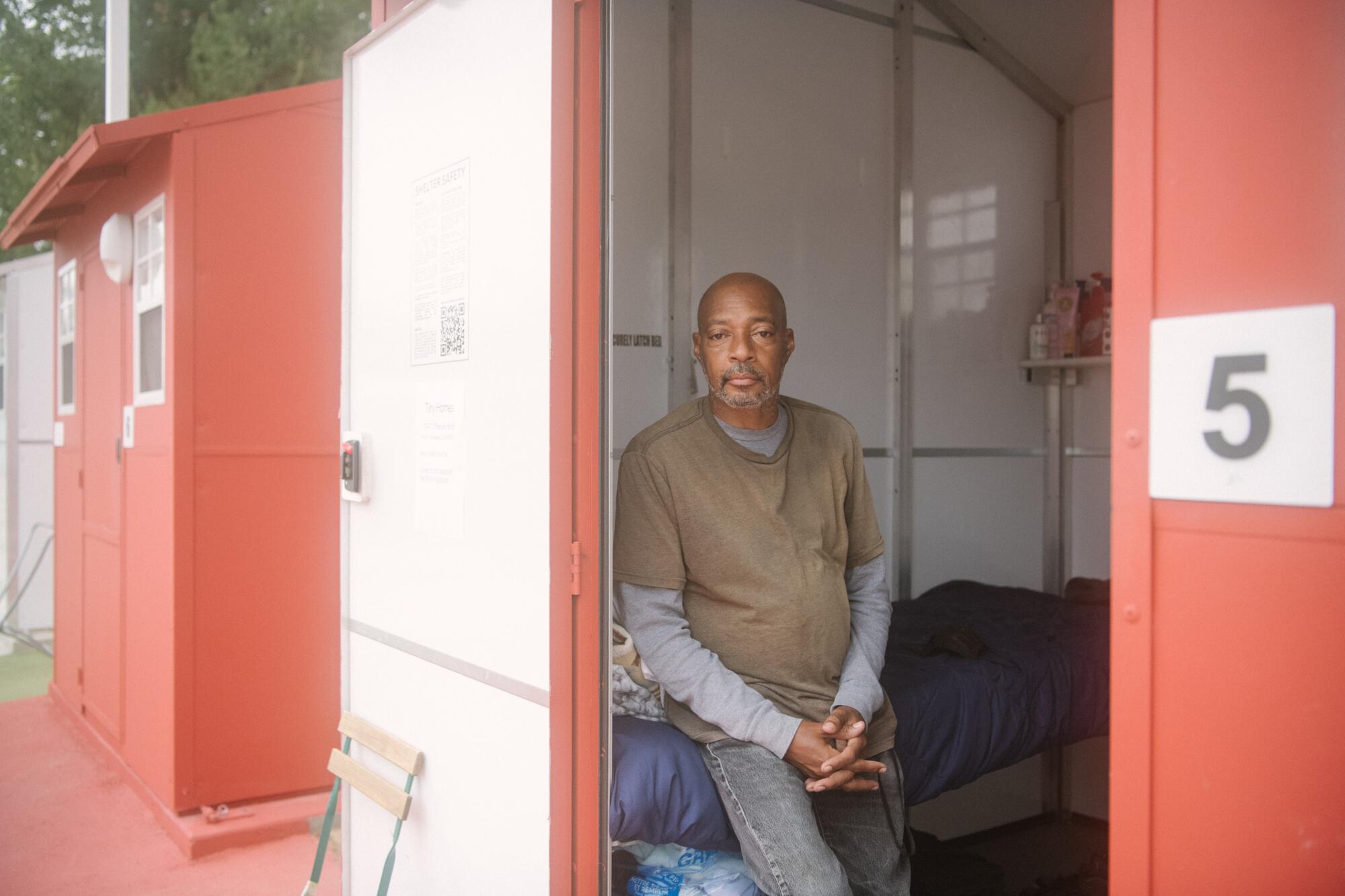
“When I was in the streets, I used to ask why? I’m a good person. The devil didn’t show up and God didn’t show up. Ain’t no need for me to ask why.”
— Stephen Smith
All six villages are operated by the nonprofit Hope of the Valley Rescue Mission, which helps clients get back on their feet as they seek permanent housing. Village support includes a staff on call 24/7 and caseworkers to help with such basics as job applications or securing benefits. Hot meals are provided and residents have access to a communal laundry, showers and restrooms.
Funding for the project came from a $1.2-billion bond measure for homeless housing that Los Angeles voters overwhelmingly approved five years ago. The tiny home villages have been criticized for costing more than they should. The Chandler project came in at $5.2 million, while Alexandria Park, with 103 homes and 200 beds, cost $8.6 million.
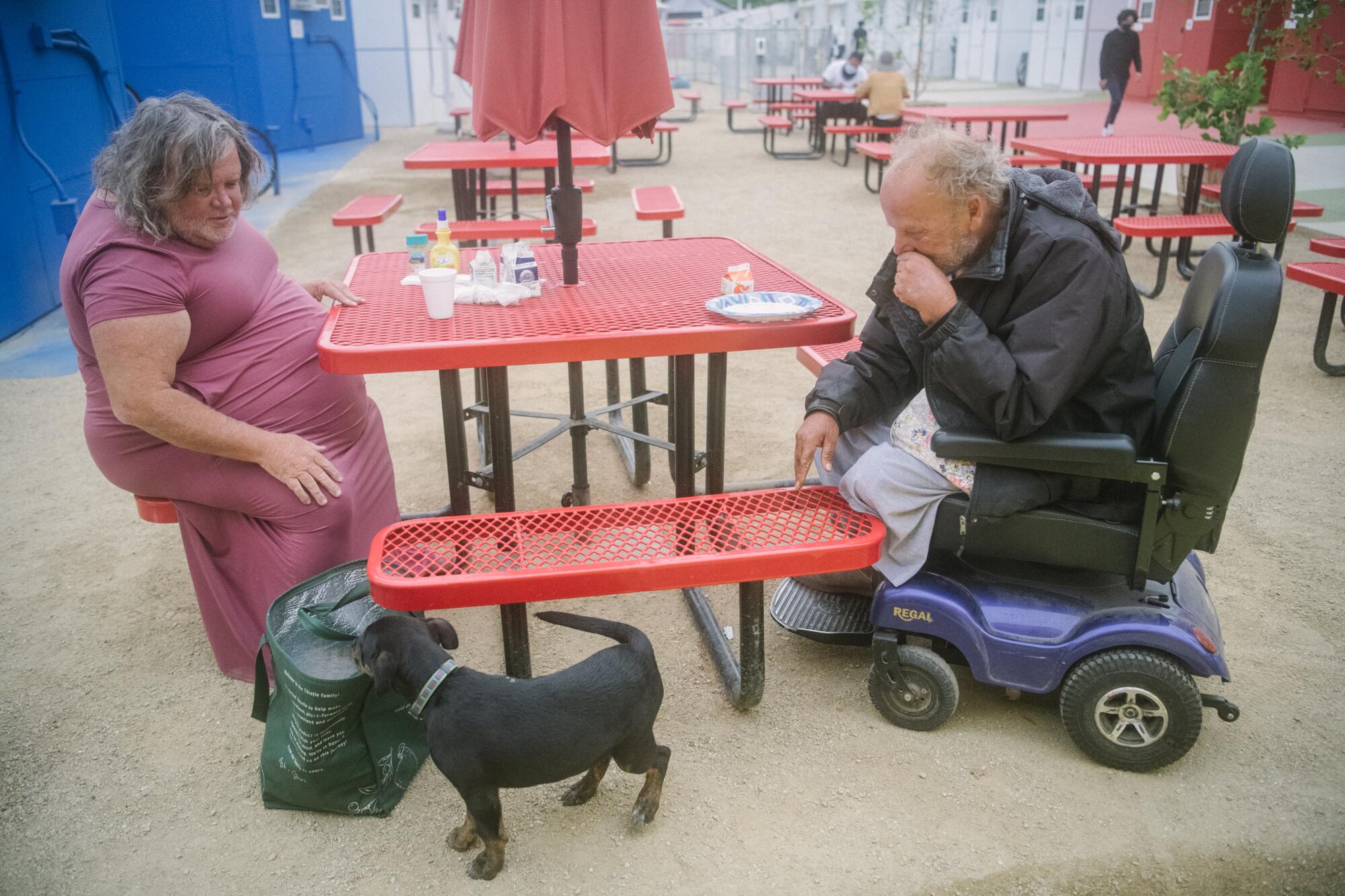
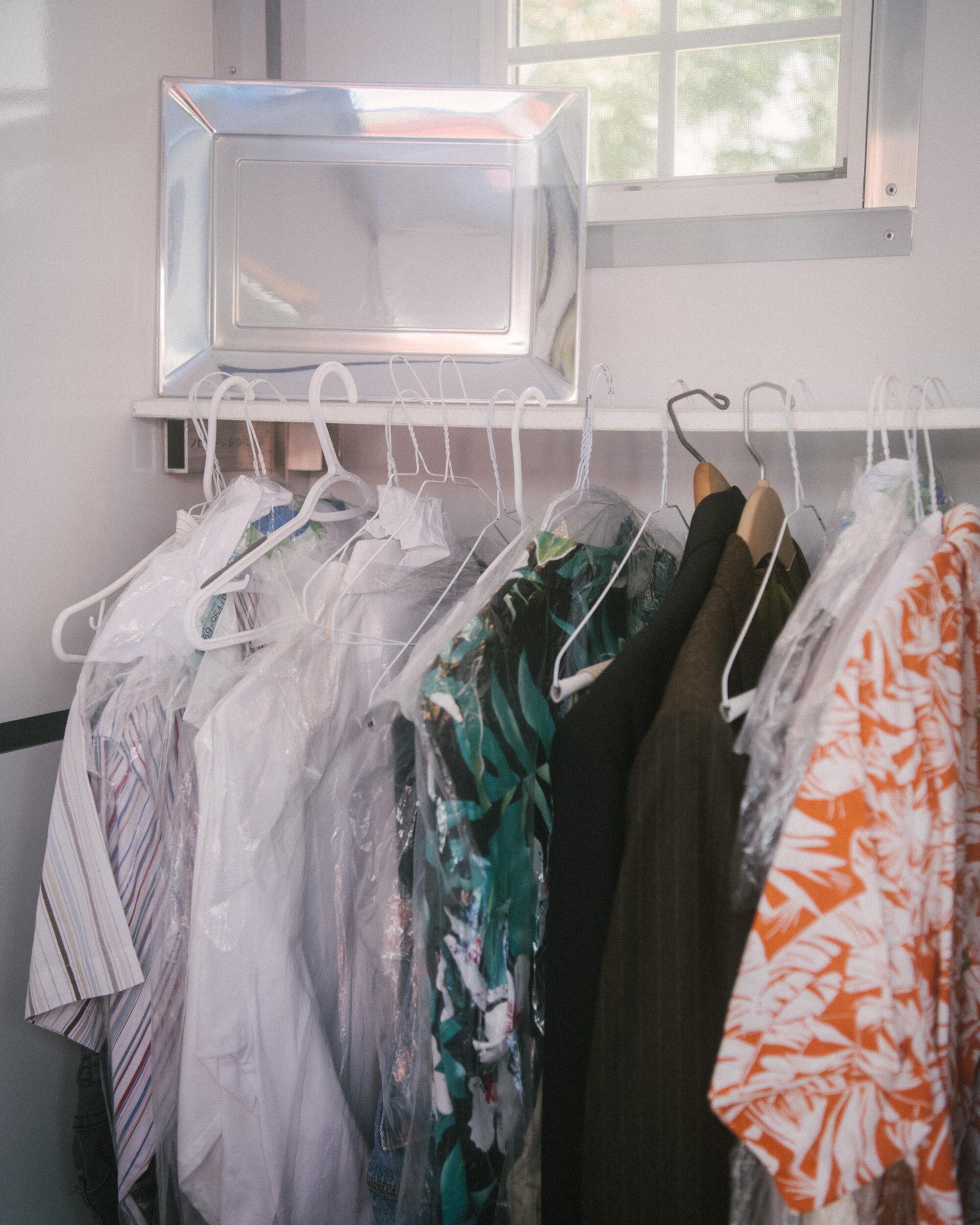
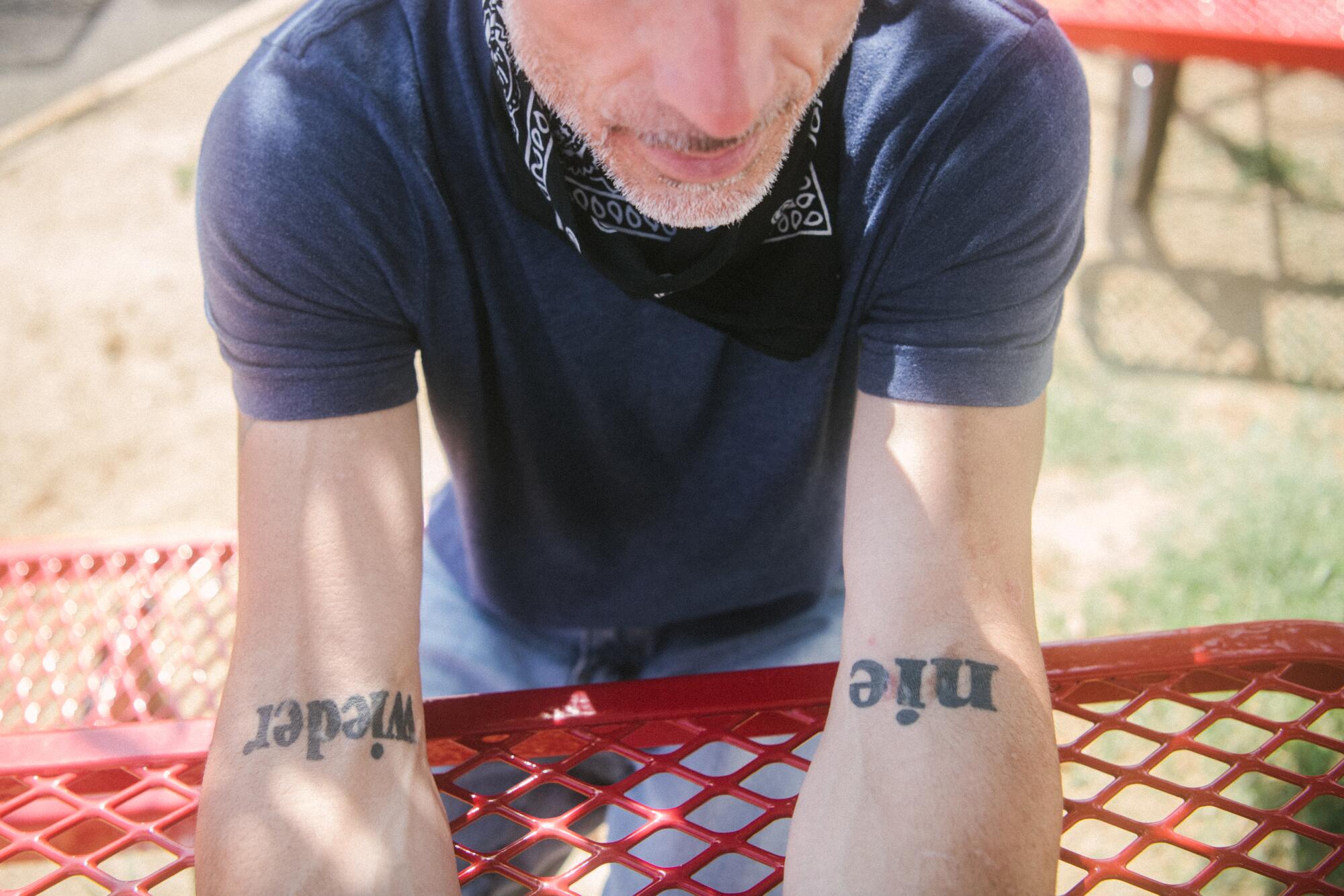
Yet every day, I saw the immeasurable worth of these tiny villages in helping to create something that’s often missing from stories about the unhoused: a narrative of positive progress.
One staff member I spoke with had spent years as a social worker but sought a closer connection with clients. He found it by being on site and interacting with them every day. Another member of the administrative team, who had been unhoused as recently as last year, said Hope of the Valley’s intervention had helped him turn his life around. He was paying it forward.
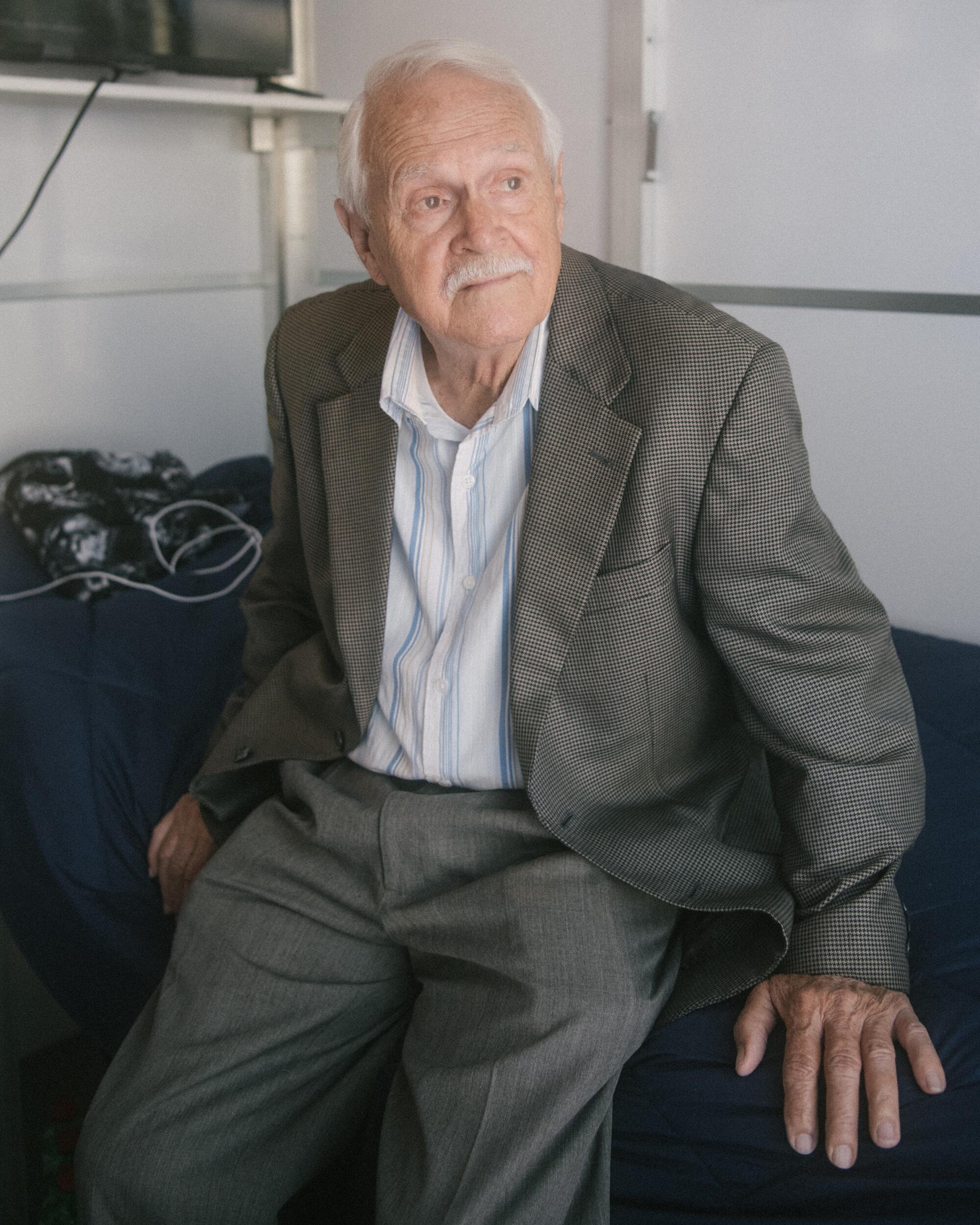
“I was hoping to get an apartment so I can get all of my stuff together and live a normal life.”
— William Jackson
The 10 village dwellers I spent hours getting to know say they are motivated to stay on track and trust the staff to help them get there. Strong bonds of mutual respect and friendship have formed between residents and staff members.
The value of these communities goes far beyond providing 64-square-foot shelters. Through my camera lens, I saw how they were making an impact on homelessness, changing lives in a humane and concrete way.
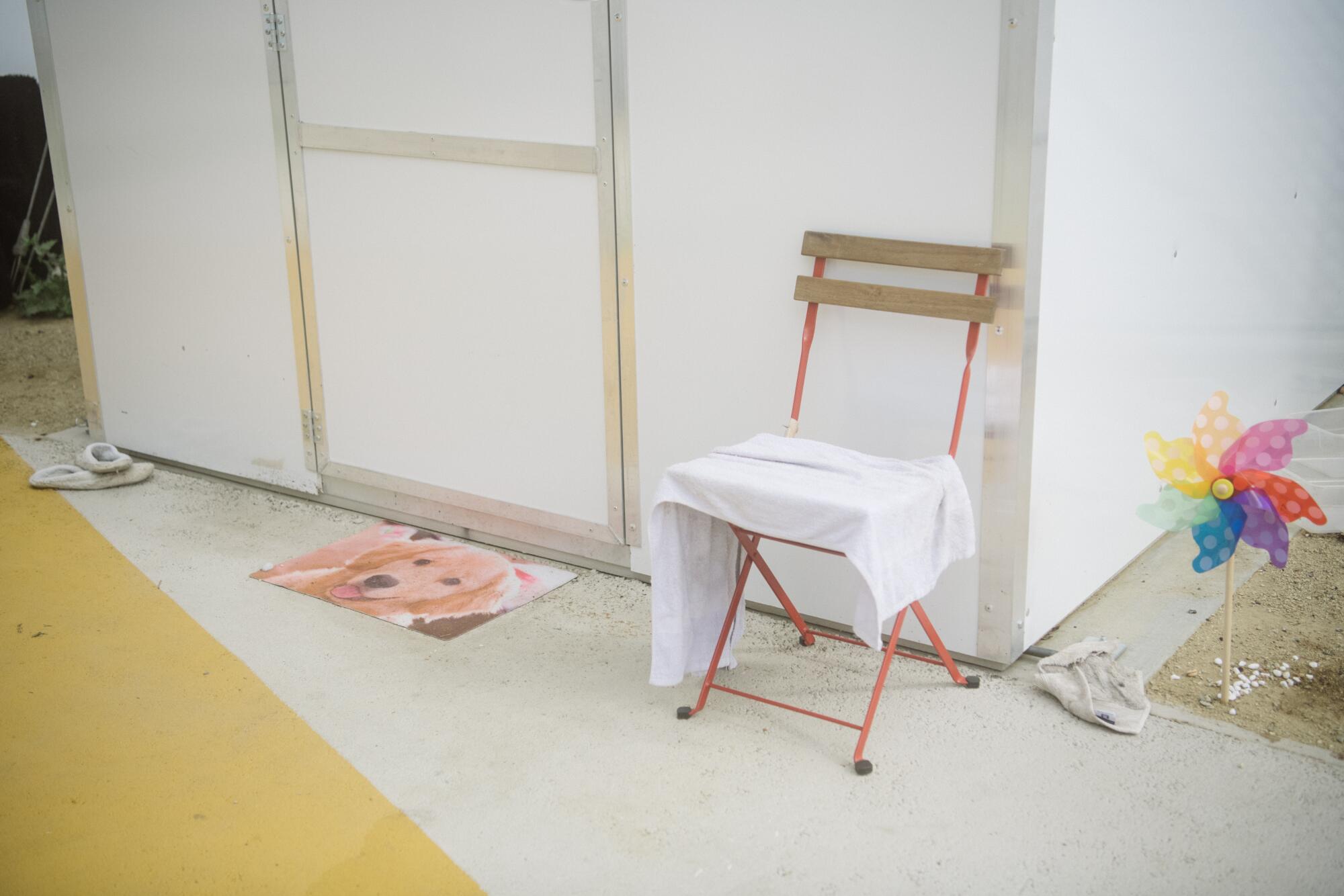
Morgan Lieberman is a native Angeleno and a photographer based in Los Angeles.
Photo editing by Jacob Moscovitch.
More to Read
A cure for the common opinion
Get thought-provoking perspectives with our weekly newsletter.
You may occasionally receive promotional content from the Los Angeles Times.


